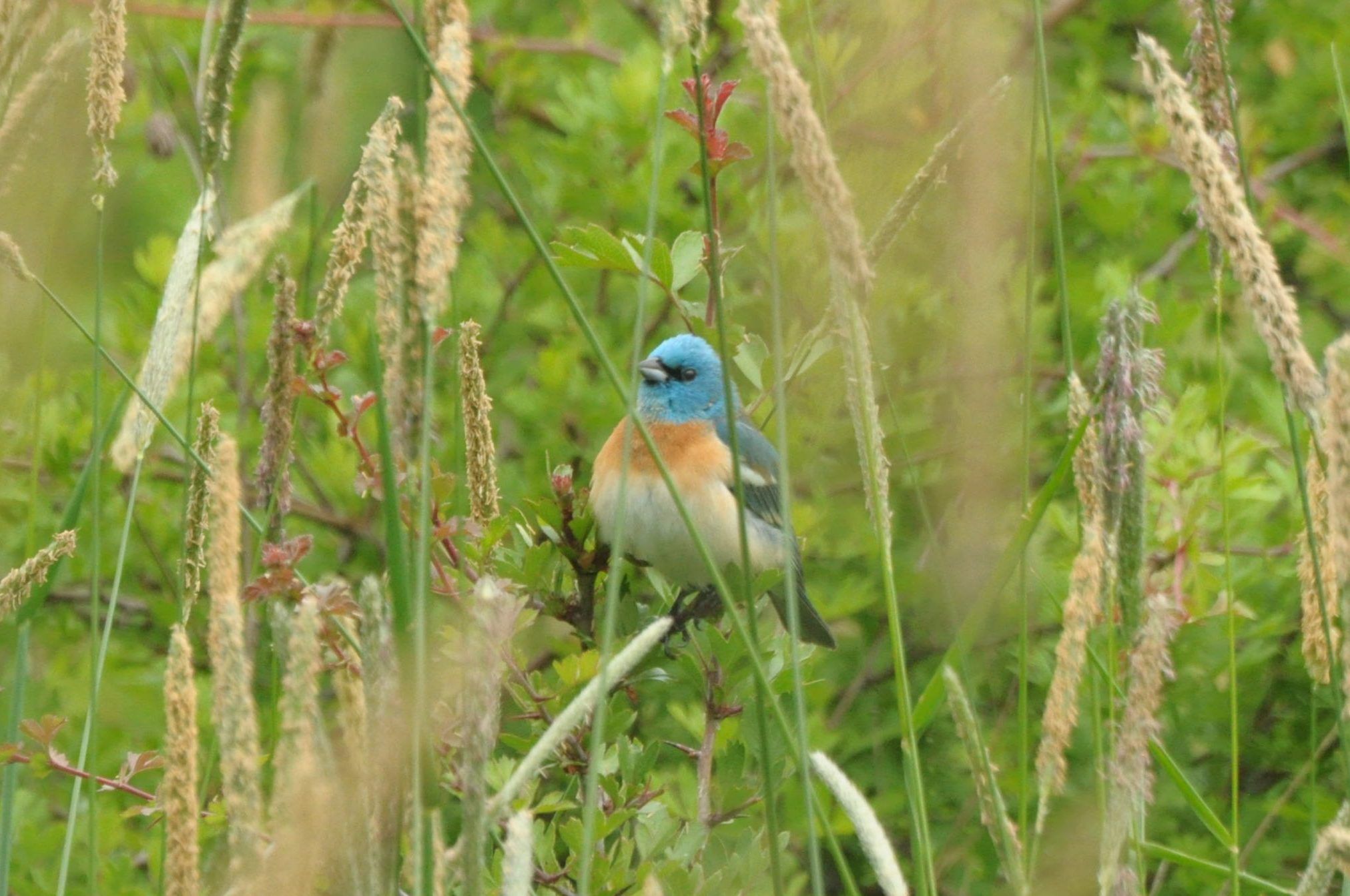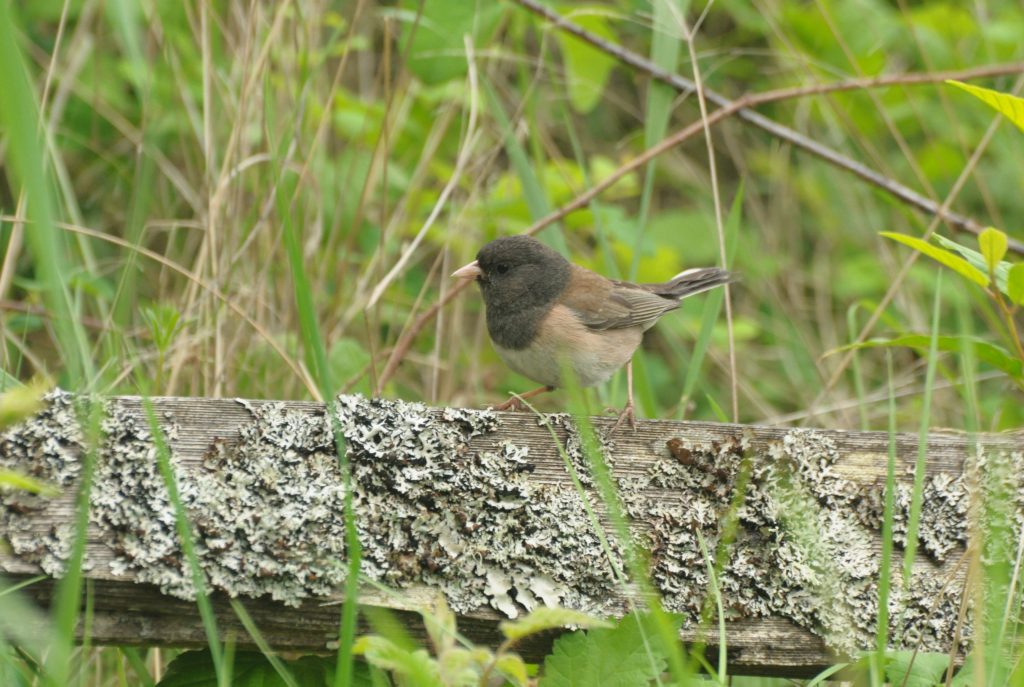EXPERIENCE THE BEAUTY OF WILDLIFE AT POWELL BUTTE
Did you know that East Portland has its very own birdwatching hotspot?
Powell Butte Nature Park, located just off Southeast Powell Boulevard and accessible by foot, car, or public transit, is one of East Portland and Gresham’s best birdwatching areas. Over 150 separate species have been observed there, with the extinct cinder cone volcano and its slopes offering many different kinds of nature, from forests to grasslands.
This biodiversity, spread out over about 600 acres, contributes greatly to the abundance of birds. On any given day, you might see a House Finch singing at the top of a tree, a Barn Swallow swooping over the visitor center, and a Red-tailed Hawk soaring high above it all.
One of the favored times to go is early mornings in late spring – that old adage about early birds and worms had a kernel of truth.
Traveling up from the parking lot on the Mountain View Trail and Summit Lane, you quickly achieve panoramic views of the surrounding areas and on clear days, shots of Mount St. Helens to the north. As this park is always a little busy, you might pass dog walkers and trail runners on your way up. When you reach the top, you’ll find the handy Mountain Finder, which serves as a guide to the snow-capped peaks visible from Powell Butte, including Mount Hood, St. Helens, and even Mount Jefferson.
On the way up there, you pass through brushland and meadow edges, with stands of trees casting occasional shade. When I recently went up there on a cloudy, cool morning, I easily counted several species of birds, such as Cedar Waxwings, Dark-eyed Juncos, Anna’s Hummingbirds, and Lazuli Buntings.
No matter what time of year you go, though, there’ll always be something to catch your attention – a fluttering shadow in the brush or something calling as it flies overhead.
Birdwatching, while stereotypically regarded as a hobby reserved for the elderly, is a fascinating exercise in the extraordinarily ordinary. I know that when I first became interested in birdwatching when I was a high school freshman, many of my friends at first recoiled in confusion at the prospect. They didn’t understand why a person would willingly sit down with a bird book and do nothing but stare at the small, winged animals that are so ubiquitous in the world.
But that notion – the notion of ubiquity – is exactly why I love birdwatching so much. It’s easy to think of birds as one giant blob, an amorphous group of flying things that steal food and wake you up at 5 a.m. with their songs. And it’s true, birds are everywhere, and yet each one is distinct, each song slightly different than the last. This is to say nothing of the species – can you discern a Brewer’s Blackbird from an American Starling? A Cassin’s Finch from a House Finch? An American Crow from a Common Raven?
So many people simply glaze over birds when they see them, their eyes passing right over a beautiful Spotted Towhee or a small Townsend’s Warbler. But birdwatching is like walking into a whole new world, or like opening a door into a room you’ve never seen before – and suddenly there’s all these things that are all around you, beautiful in their ubiquity, and all you ever needed to do was raise your head and look.
With all this talk about birding, you might be wondering just how a person gets into birding, anyways. For that, there’s good news: It’s very easy. Birdwatching is the epitome of an approachable hobby, considering the main problem is having the birds hold still long enough to identify them. You don’t need any fancy equipment or expensive books to do it. You can pick up
a bird book from your local library, head to the nearest park, and start birding right away. It really is that simple.
It’s even better with friends, and many areas have birding groups that get together and go on group trips, which would be an excellent way to start building identification skills.
Additionally, being near so many great hiking trails in and around Portland helps to make sure that you’re never far from a bird.
If you’d rather stay at home, even your own yard can be a haven for birds. Native species of plants and flowers in your garden mean that birds might be more likely to stop by and visit, allowing you to birdwatch from the comfort of your own living room.
Even taking the time to notice what species of bird is hanging around in the parking lot of the grocery store is a form of birdwatching. Is it a Brewer’s Blackbird? A European Starling? A Steller’s Jay?
The most intense forms of birdwatching may seem intimidating, with all that serious equipment and long hikes and detailed notes – but it doesn’t have to be complicated. Anyone can do it with a library book and a little bit of patience. Before you know it, you’ll be impressing your friends by identifying Lazuli Buntings and Song Sparrows by ear alone.



Leave a comment